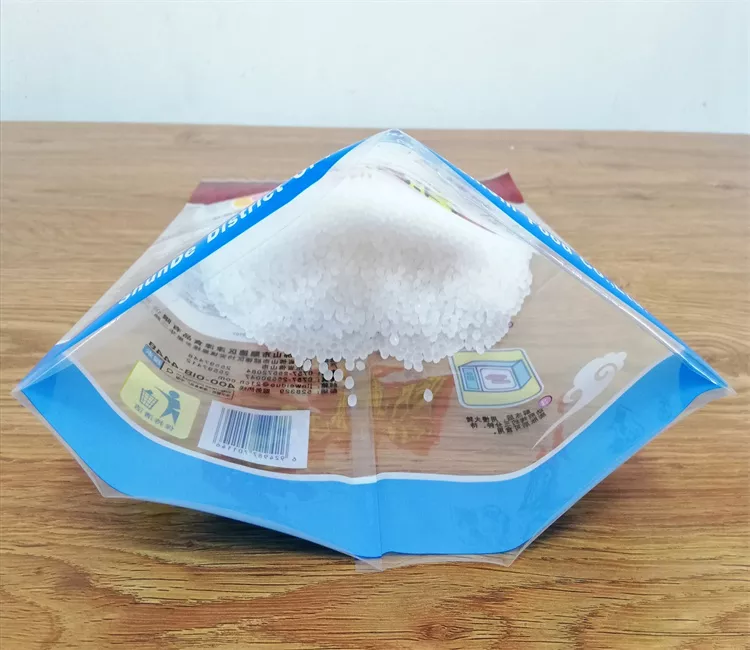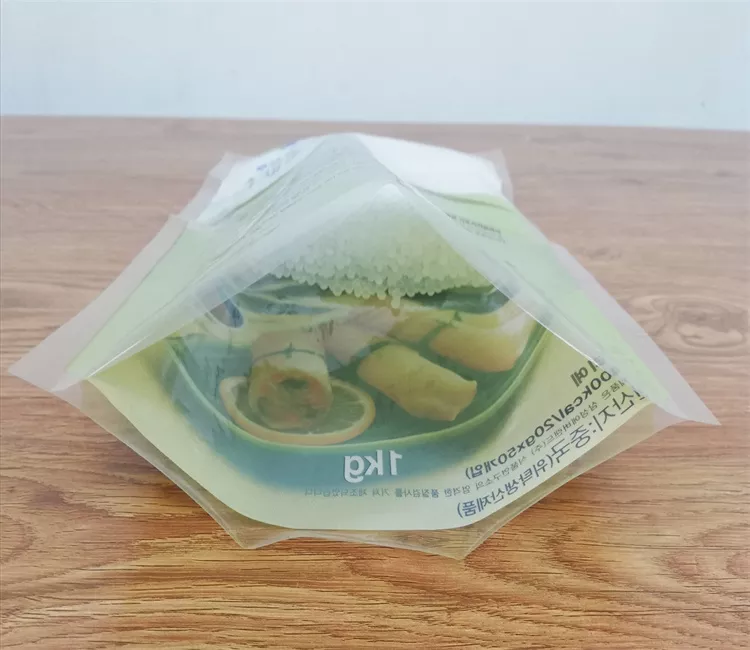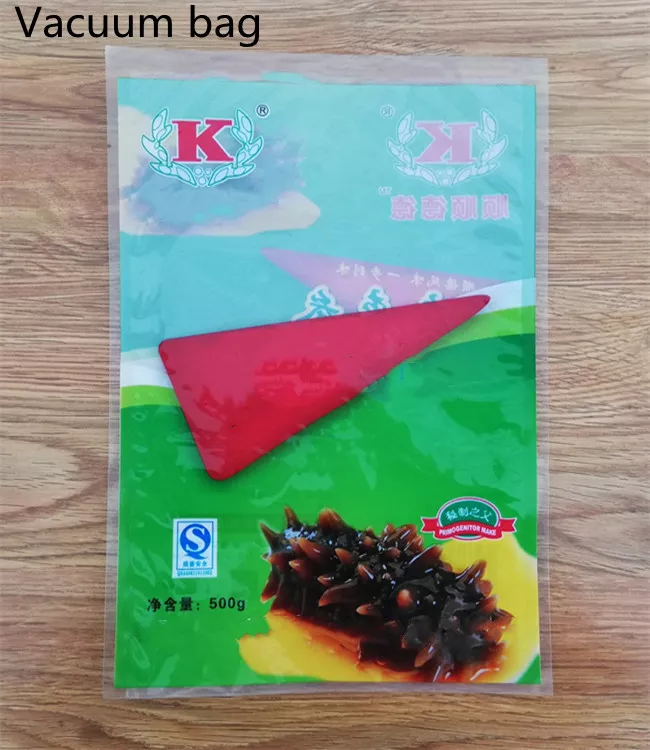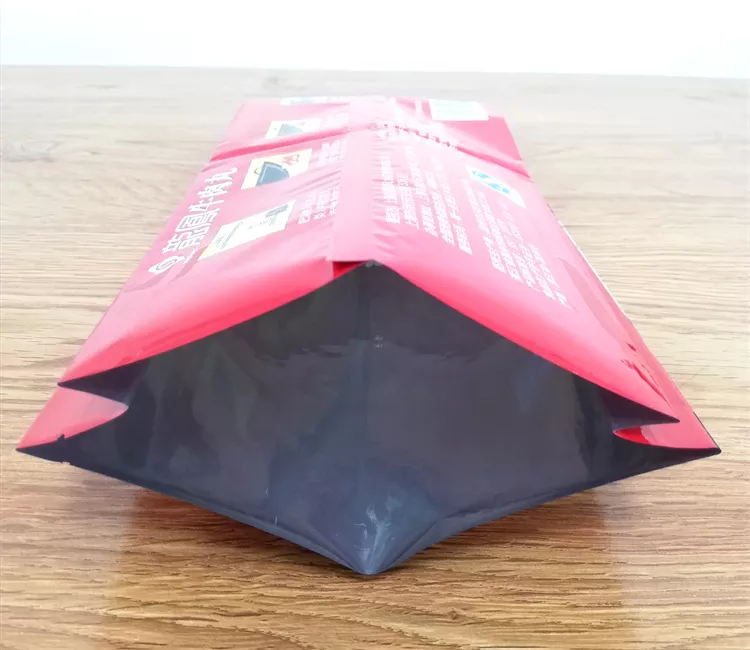Printing
Printing
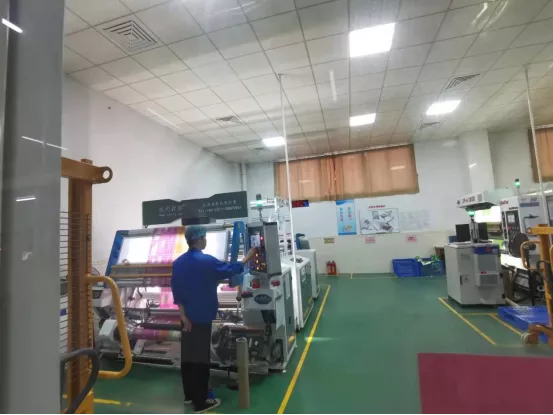
The retail shelves furnish enough examples of printed film packages. The simplest films show a single colour of black lettering for identification and instructions, and the maximum of up to 11 colours for advertising messages with pictures are seen in complex films. The plastic films are assessed for the following primary properties:
Properties | Corrective measure |
Extensibility under tension | Redesigning the printing presses |
Surface inertness | Reformulation of the printing inks using polymers (more compatible with the plastic film surfaces). |
Their tendency of static electricity generation under high-speed processing | Redesigning the printing presses. |
In terms of controlling tension and moving films at high speeds, printing follows these principles:
i. Careful control of drying temperatures,
ii. Tension isolation and minimization,
iii. Unwinding and winding rolls with programmed tension.
A separate machine is used to perform simple printing jobs which are executed as an added step in the film formation sequence. The printing station marks the heart of the machine and the process can be carried out using multiple techniques.
The most widely used technique for packaging films is the rotogravure printing, wherein, a series of dots filled with ink mark the image that is engraved into a steel roll. To create the image, the ink is transferred when the roll contacts the film or printing surface. For more precise control of tone, the depth of the dots is altered over a wide range. With direct application of ink to the printing cylinder, the doctor blade is used to scrape off the excess ink.

